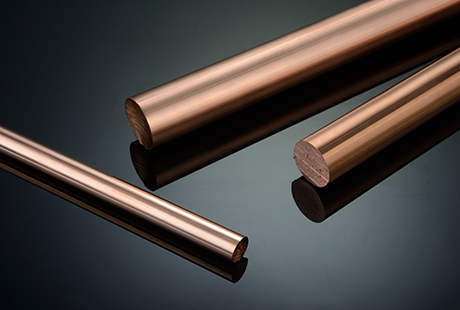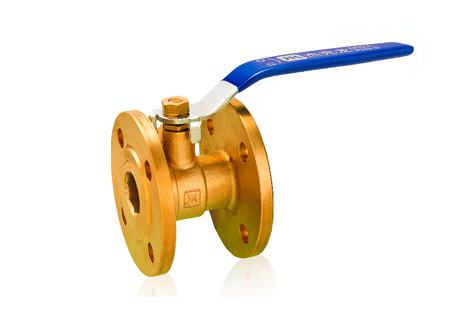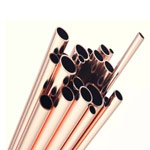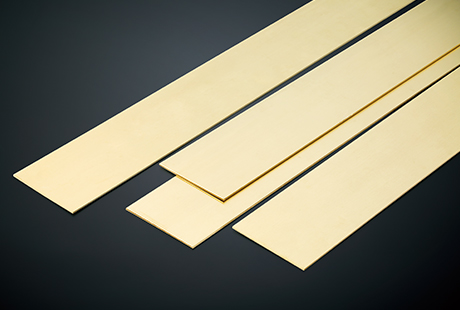enamel coated wire is a main variety of winding wire. It consists of conductor and insulating layer. After the bare wire is softened by annealing, it is painted and baked many times. However, it is not easy to produce products that meet both standard requirements and customer requirements. It is affected by the quality of raw materials, process parameters, production equipment, environment and other factors. Therefore, the quality characteristics of various enamel coated wires are different, but all have Mechanical properties, chemical properties, electrical properties, thermal properties of four properties.
1. Appearance inspection of enamel coated wire
The surface is smooth, uniform in color, free of paint lumps and white lubricants.
2. The size inspection standard of enamel coated wire refers to GB/T6109
Inspection method: micrometer;
3. Mechanical properties of enamel coated wire
(1) Elongation: standard reference GB/T6109, inspection method: stretching instrument; calculation method: ratio of (length after stretching - length before stretching) / length before stretching;
(2) Sudden breaking: the standard is pulled at a speed of 2 meters per second to check that the paint film is not cracked;
(3) Round rod winding: Wind the enamel coated wires of different specifications and the corresponding copper rods ten times to check that the paint film is not cracked. The diameter of the copper rods refers to the requirements of GB/T6109;
(4) Thermal shock: Place the coiled enamel coated wire in an oven (hang in the middle of the oven) for 0.5 hours. The oven temperature corresponds to the specification requirements of the enamel coated wire, refer to GB/T6109, and check that the paint film is free of cracks after baking.
4. Electrical properties of enamel coated wire
(1) Resistance: Take 1m of the enamel coated wire to be inspected, scrape off the paint film at both ends, and measure the resistance of the enamel coated wire. The resistance measurement value should be within the resistance range required by GB/T6109; the standard temperature is 20 degrees, and the conversion formula: 20 degrees Resistance/234.5+standard temperature=actual measured resistance/234.5+measured temperature;
(2) Salt bath test: see the salt bath test standard;
(3) Breakdown voltage: Take 0.5m of the enamel coated wire and fold it in half once, cut the folded part and scrape off the four lines of patent leather, then fold it in half again, and twist the folded enamel coated wire into a twisted state, (there are two at each end. Wire head) Use a high voltage meter to test the high voltage of the two wire heads at the same end.

 English
English 日本語
日本語 한국어
한국어 français
français Deutsch
Deutsch Español
Español italiano
italiano العربية
العربية tiếng việt
tiếng việt Türkçe
Türkçe ไทย
ไทย 中文
中文




